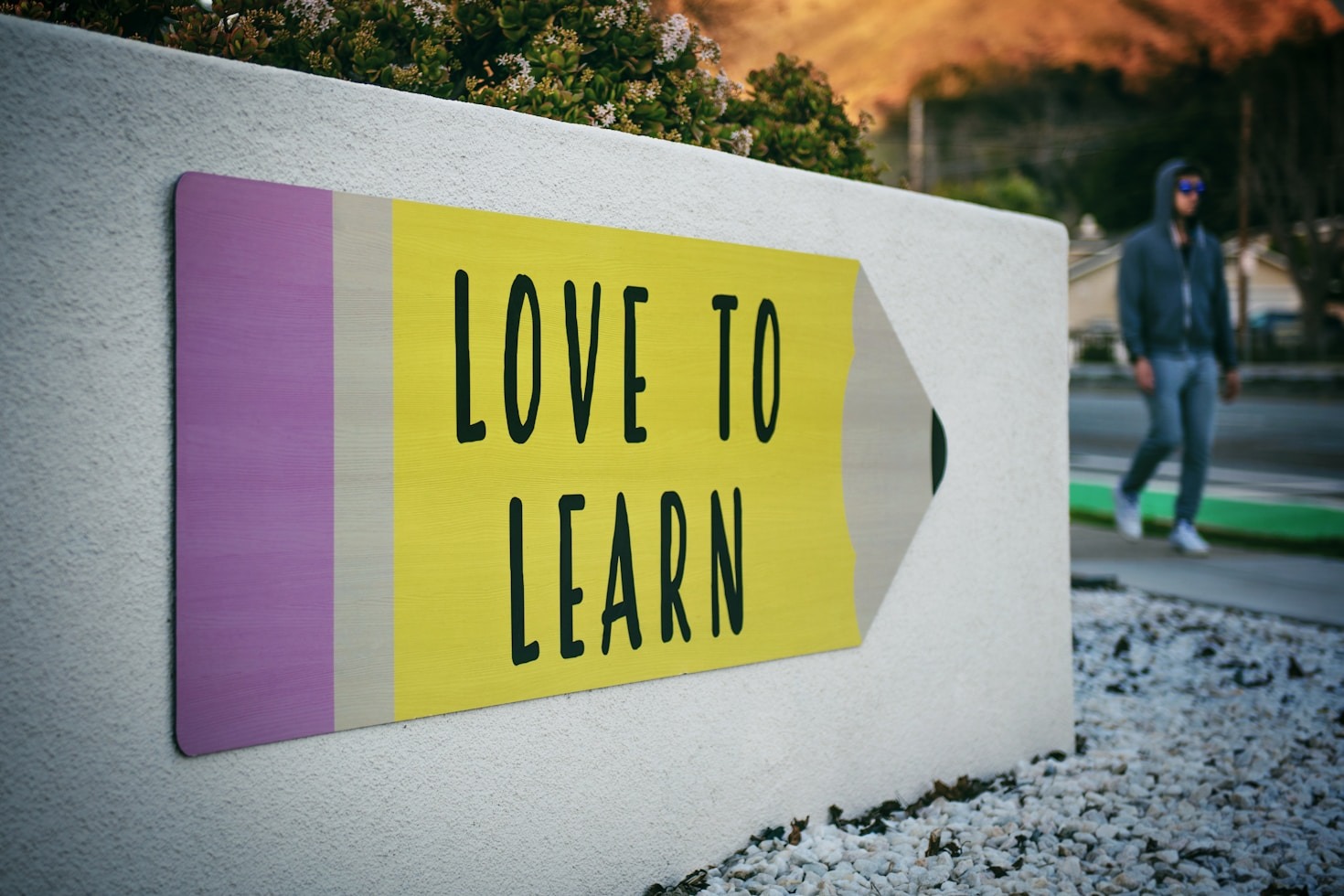Koşul Cümleleri
Konditionalsätze & Konjunktiv II
Konuya Genel Bakış
Koşul cümleleri, bir eylemin gerçekleşmesinin başka bir koşula bağlı olduğu durumları ifade etmek için kullanılır. Almanca’da bu yapılar, özellikle Konjunktiv II kipi ve wenn bağlacı etrafında şekillenir. Bu bölümde, gerçekçi koşullardan, hayali ve gerçekleşmesi mümkün olmayan durumlara kadar tüm koşul türlerini derinlemesine inceleyeceğiz.
⚙️ 1. Real Koşul Cümleleri (Reale Bedingung)
Gerçekleşmesi mümkün olan, olasılık içeren koşulları anlatır. Ana cümle ve yan cümle genellikle Indikativ
️ Cümle Yapısı Formülü:
[wenn] + [Yan Cümle (Nebensatz)] + [Ana Cümle (Hauptsatz)]
Veya:
[Ana Cümle (Hauptsatz)] + [wenn] + [Yan Cümle (Nebensatz)]
Kural: “wenn”li yan cümle başta ise, fiil cümlenin sonuna gider ve ana cümlenin fiili başa gelir, özneden hemen sonra yazılır. Bu, Almanca’nın temel V2 Kuralı‘dır.
Örnek Cümleler:
- Wenn es morgen regnet, bleiben wir zu Hause.
Yarın yağmur yağarsa, evde kalacağız. - Wir gehen schwimmen, wenn das Wetter schön ist.
Hava güzel olursa, yüzmeye gideceğiz. - Wenn du fleißig lernst, bestehst du die Prüfung.
Sıkı çalışırsan, sınavı geçersin. - Der Manager ist zufrieden, wenn die Zahlen gut sind.
Rakamlar iyi olursa, müdür memnun olur. - Wenn du Hunger hast, kannst du dir einen Apfel nehmen.
Açsan, kendine bir elma alabilirsin.
2. Irreal Koşul Cümleleri (Irreale Bedingung)
Gerçekleşmesi mümkün olmayan, hayali, varsayımsal veya geçmişteki bir ihtimali ifade eder. Bu yapıda hem ana cümle hem de yan cümle Konjunktiv II kipi ile çekimlenir.
️ Cümle Yapısı Formülü (Gegenwart – Şimdiki Zaman):
[wenn] + [Konjunktiv II (Yan Cümle)] + [Konjunktiv II + würden (Ana Cümle)]
Neden? Konjunktiv II, fiilin özel bir hali (örn. wäre, hätte, käme) veya “würden + Infinitiv” yapısıyla oluşturulur. Bu, cümlenin gerçek dünyadan ziyade, hayali bir düzlemde olduğunu gösterir.
Örnek Cümleler (Gegenwart):
- Wenn ich reich wäre, würde ich um die Welt reisen.
Zengin olsaydım, dünyayı gezerdim. - Wenn er mehr Zeit hätte, würde er mehr lesen.
Onun daha fazla zamanı olsaydı, daha çok okurdu. - Wenn du früher aufstündest, wärst du nicht immer so in Eile.
Daha erken kalksaydın, her zaman böyle acele içinde olmazdın. - Wenn ich fliegen könnte, würde ich direkt zu dir fliegen.
Uçabilsem, direkt sana uçardım. - Wenn das Auto nicht kaputt wäre, führen wir in den Urlaub.
Araba bozuk olmasaydı, tatile giderdik.
️ Cümle Yapısı Formülü (Vergangenheit – Geçmiş Zaman):
[wenn] + [Konj. II von haben/sein + Partizip II] + [Konj. II von haben/sein + Partizip II + …würde]
Neden? Geçmişteki hayali durumları ifade etmek için, hem koşul hem de sonuç cümlesi geçmiş zamanın Konjunktiv II’si ile kurulur. Bu, “olmuş olan bir şeyin farklı olabileceği” anlamını taşır.
Örnek Cümleler (Vergangenheit):
- Wenn du mich gestern angerufen hättest, wäre ich gekommen.
Beni dün aramış olsaydın, gelirdim. - Wenn ich das gewusst hätte, hätte ich nichts gesagt.
Bunu bilseydim, hiçbir şey söylemezdim. - Wenn er den Zug nicht verpasst hätte, wäre er pünktlich gewesen.
Treni kaçırmamış olsaydı, zamanında olurdu. - Wir hätten das Spiel gewonnen, wenn unser Stürmer nicht verletzt gewesen wäre.
Forvetimiz yaralı olmasaydı, maçı kazanırdık. - Wenn sie die Wahrheit gesagt hätte, würden wir ihr glauben.
O, gerçeği söylemiş olsaydı, ona inanırdık.
3. “wenn” Yerine Kullanılan Diğer Bağlaçlar
“wenn” dışında da koşul anlamı taşıyan bağlaçlar vardır. Bu bağlaçlar da yan cümle oluşturur ve fiili sona atar.
| Bağlaç | Anlamı | Örnek Cümle |
|---|---|---|
| falls | …ise, …durumu olursa | Falls du Hilfe brauchst, ruf mich an. Yardıma ihtiyacın olursa, beni ara. |
| sofern | …şartıyla, …ise | Ich helfe dir, sofern ich Zeit habe. Zamanım olduğu şartıyla sana yardım ederim. |
| selbst wenn / auch wenn | …olsa bile | Selbst wenn es schneit, gehe ich spazieren. Kar yağsa bile yürüyüşe çıkacağım. |
| vorausgesetzt, dass | …şartıyla, …kaydıyla | Du kannst mitkommen, vorausgesetzt, dass du dich benehmen kannst. Terbiyeli davranma şartıyla gelebilirsin. |
⚠️ Önemli Uyarı!
“wenn” ve “wann” karıştırmayın!
- “wenn” bir bağlaçtır ve “eğer, -ise, -dığında” anlamlarına gelir. Koşul veya zaman bildirir. (Wenn ich Zeit habe,…)
- “wann” bir soru zarfıdır ve “ne zaman” anlamına gelir. Doğrudan veya dolaylı soru cümlelerinde kullanılır. (Ich weiß nicht, wann er kommt.)
4. “wenn” Olmadan Kurulan Koşul Cümleleri
Bazı durumlarda “wenn” kullanılmadan da koşul anlamı verilebilir. Bu yapılar daha resmi ve edebi bir dil kullanır.
a) Fiilin Başa Geldiği Yapı (Verb Erststellung)
Yan cümlede fiil başta olacak şekilde kurulur. “wenn” atılmıştır ama anlamı korunmuştur.
- Hätte ich mehr Geld, kaufte ich ein Haus.
(Wenn ich mehr Geld hätte, kaufte ich ein Haus.) Daha fazla param olsa, bir ev satın alırdım. - Wäre er pünktlich gewesen, hätten wir den Zug nicht verpasst.
(Wenn er pünktlich gewesen wäre, hätten wir den Zug nicht verpasst.) O zamanında olsaydı, treni kaçırmazdık.
b) “sonst” veya “andernfalls” ile Kurulan Yapı
Bu bağlaçlar “aksi takdirde, yoksa” anlamına gelir ve önceki cümlede verilen bir koşulun olmaması durumunda ne olacağını belirtir.
- Beeil dich! Sonst verpassen wir den Bus.
Acele et! Yoksa otobüsü kaçıracağız. - Sie müssen den Vertrag unterschreiben, andernfalls ist die Vereinbarung ungültig.
Sözleşmeyi imzalamalısınız, aksi takdirde anlaşma geçersizdir.
⚖️ Real vs. Irreal Koşul Cümleleri Karşılaştırması
| Kriter | Real Koşul | Irreal Koşul |
|---|---|---|
| Olasılık Durumu | Gerçekleşmesi mümkün | Gerçekleşmesi mümkün değil / hayali |
| Kip (Modus) | Indikativ | Konjunktiv II |
| Zaman Uyumu | Normal zaman uyumu | Konjunktiv II zaman uyumu |
| Ana Cümle Yapısı | Normal cümle yapısı | “würden + Infinitiv” veya Konj. II fiil hali |
| Örnek Cümle | Wenn ich Zeit habe, helfe ich dir. Zamanım olursa, sana yardım ederim. |
Wenn ich Zeit hätte, würde ich dir helfen. Zamanım olsaydı, sana yardım ederdim. |
Önemli Notlar ve Ek Bilgiler
- Konjunktiv II’nin Kullanımı: Irreal koşul cümlelerinde Konjunktiv II kullanmak şarttır. Bu, cümlenin gerçek dışı olduğunu vurgular. Fiillerin düzensiz hallerini (wäre, hätte, käme) öğrenmek bu konuda size büyük avantaj sağlayacaktır.
- “würden” + Infinitiv: Özellikle Konjunktiv II’si zor veya nadir kullanılan fiillerde (örn. arbeiten, lernen, machen) “würden + Infinitiv” yapısı tercih edilir. Bu, konuşma dilinde daha yaygındır. (Ich würde arbeiten -> Ich arbeitete yerine)
- Bağlaç Seçimi: “falls” ve “wenn” genellikle birbirinin yerine kullanılabilir, ancak “falls” daha çok “belirli bir durum olursa” anlamına gelir ve olasılık vurgusu daha güçlüdür.
- Cümle Yapısına Dikkat: “wenn” ile başlayan bir yan cümleden sonra mutlaka ana cümle gelir ve fiili cümlenin başına (özneden hemen sonra) konur. Bu kuralı unutmak en sık yapılan hatalardandır.
- Pratik İpucu: Bir cümlenin real mi irreal mi olduğunu anlamak için kendinize şu soruyu sorun: “Bu koşul gerçekten olabilir mi yoksa sadece hayal mi?” Cevabınız, hangi yapıyı kullanmanız gerektiğini gösterecektir.
Konu Sonu Yorumu
Koşul cümleleri, Almanca’da en sık kullanılan ve en önemli yapılardan biridir. Sadece “wenn”i değil, aynı zamanda Konjunktiv II’yi de içerdiği için başlangıçta karmaşık gelebilir. Ancak, bu yapıları öğrenmek ve doğru kullanmak, Almanca seviyenizi bir üst seviyeye taşıyacak ve kendinizi çok daha iyi ifade etmenizi sağlayacaktır. Real ve irreal ayrımını iyi kavramak, bu konunun anahtarını oluşturur. Bol bol pratik yaparak, bu yapıları içselleştirebilirsiniz.










